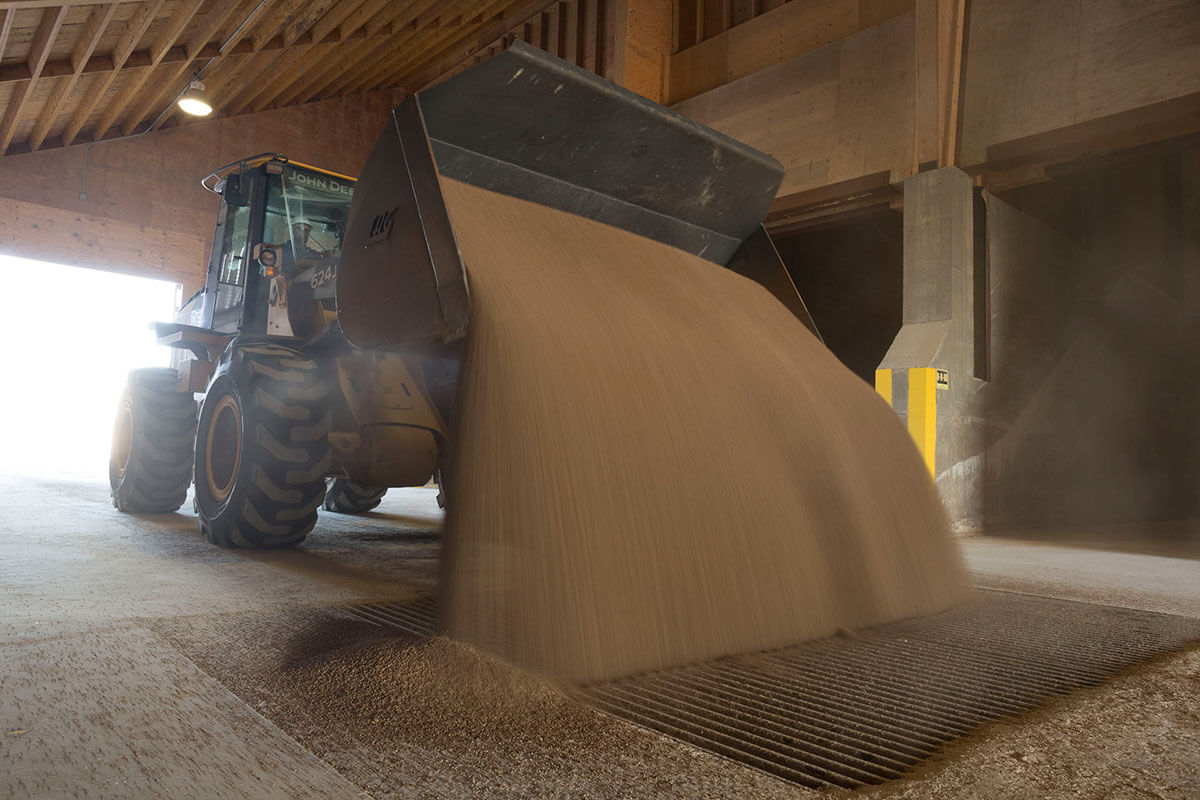Global Commodity, Global Competition
Our Place in the Worldwide Market
The world’s farmers look to Florida phosphates as an essential ingredient to help grow strong crops and to maximize yields. Each year, Florida producers unearth, manufacture and distribute millions of tons of this commodity around the United States and the world. Florida has the country’s largest phosphate reserves, which have been drawn on for over a century. More than thirteen countries produce phosphate and sell it on global markets. Price is set by the market and producers compete on cost. A typical competitiveness measure used for comparisons is cost per ton of phosphate. Other factors that impact competitiveness include exchange rates and government subsidies of foreign producers.
Florida’s Advantages
Producers can have cost advantages for things like raw materials, power, fuel, transportation, labor, capital, consumables and financing. Fortunately, Florida is home to robust transportation infrastructure and a highly trained workforce ready to do the job of sustainable phosphate production. However, sizeable costs exist with future environmental obligations for the reclamation and long-term care of operations sites, a responsibility we embrace. Instead of storage in gypstacks, other countries see substantial benefits from PG use. In the U.S., a 2019 petition initiated a process for Florida’s PG to be put to productive use, and the state is well positioned to take advantage of the opportunity. Find out more here.
Setting a Higher Standard
When phosphate is produced outside the U.S., it is not held to the same environmental standards that we hold ourselves to. When environmental costs to import foreign phosphate are considered, it is easy to see why domestic production is the most sustainable option. To maintain a healthy and sustainable phosphate industry in Florida, it is important for regulators and decision makers to consider the impact their decisions can have on the ability for producers to compete on the world stage.

